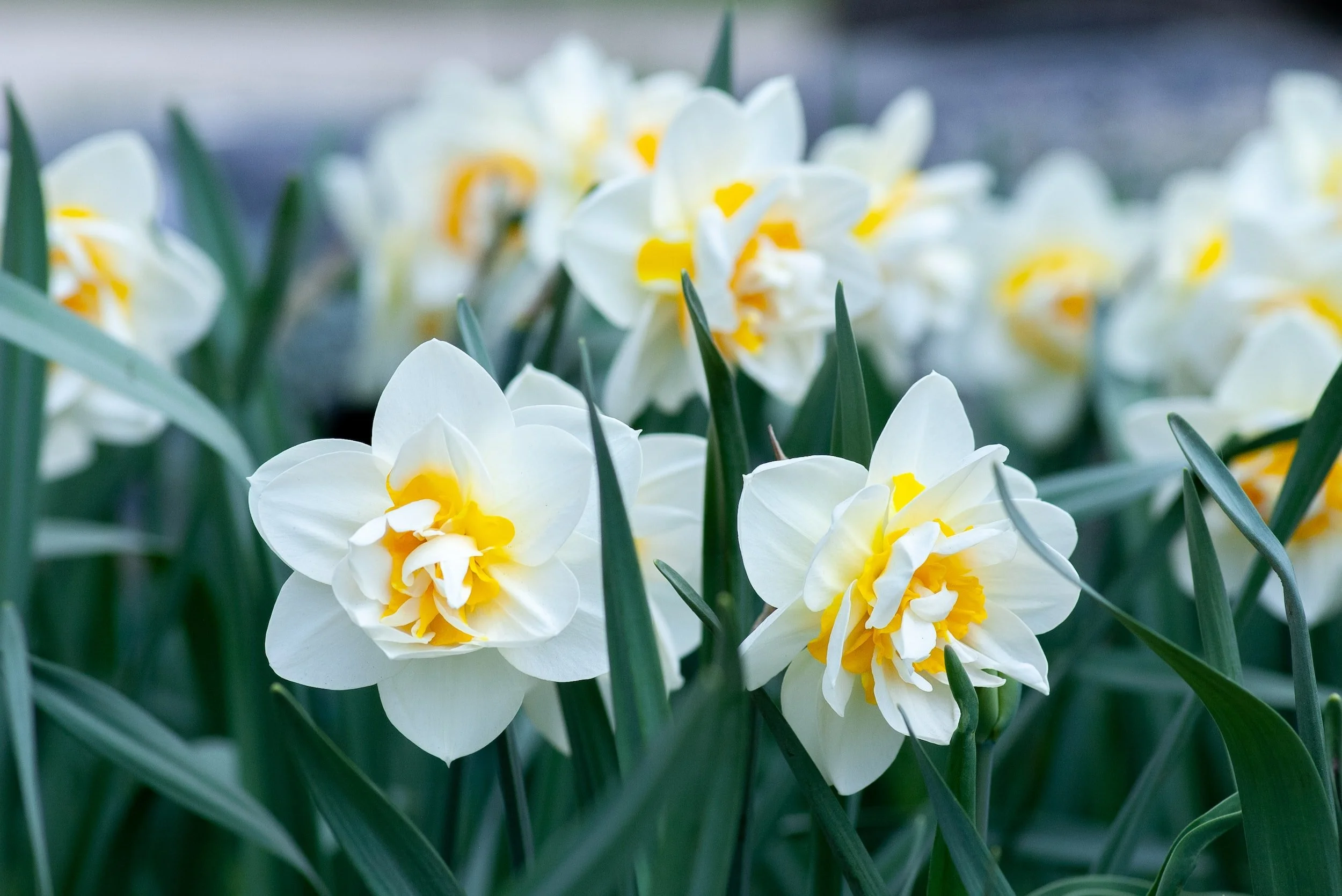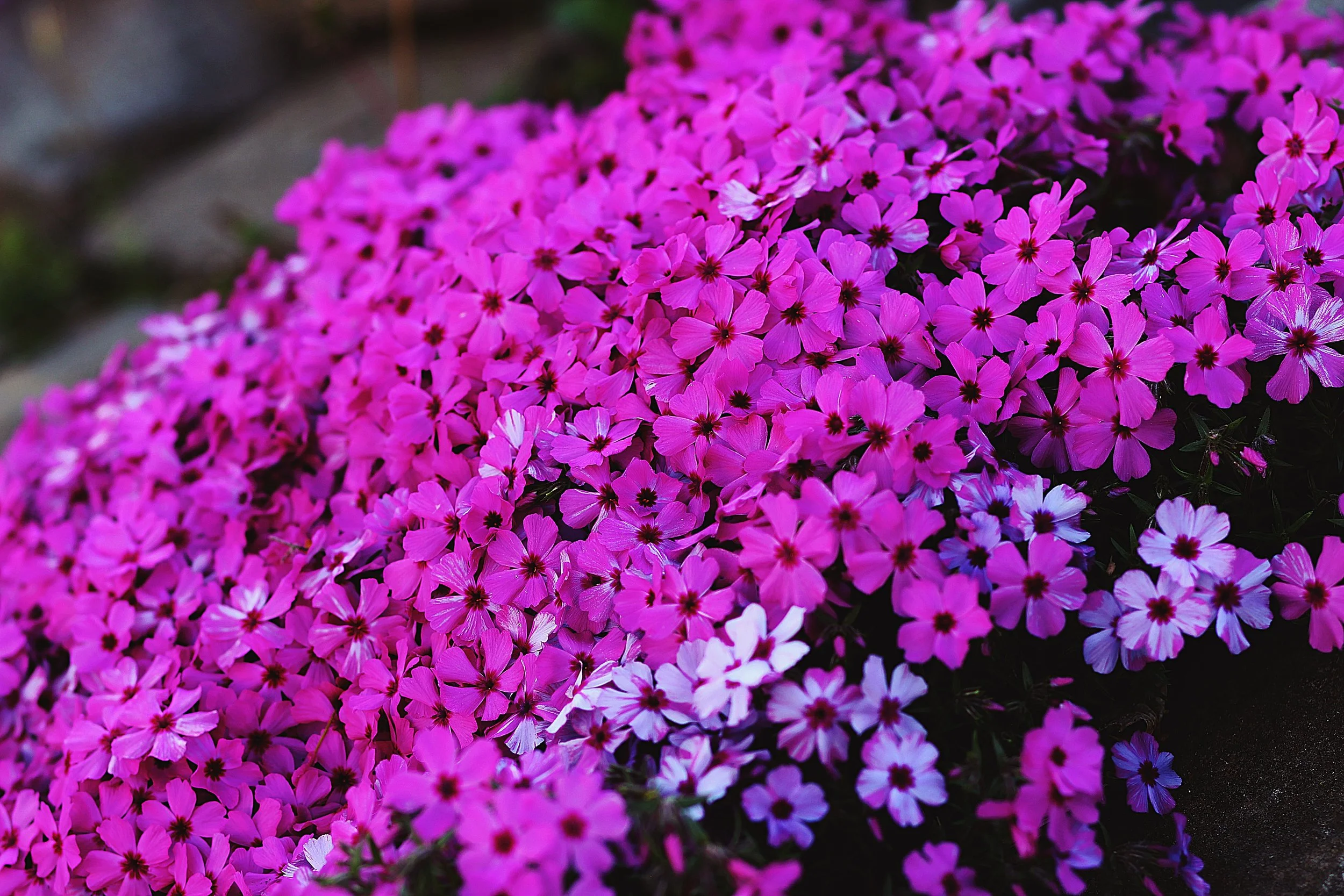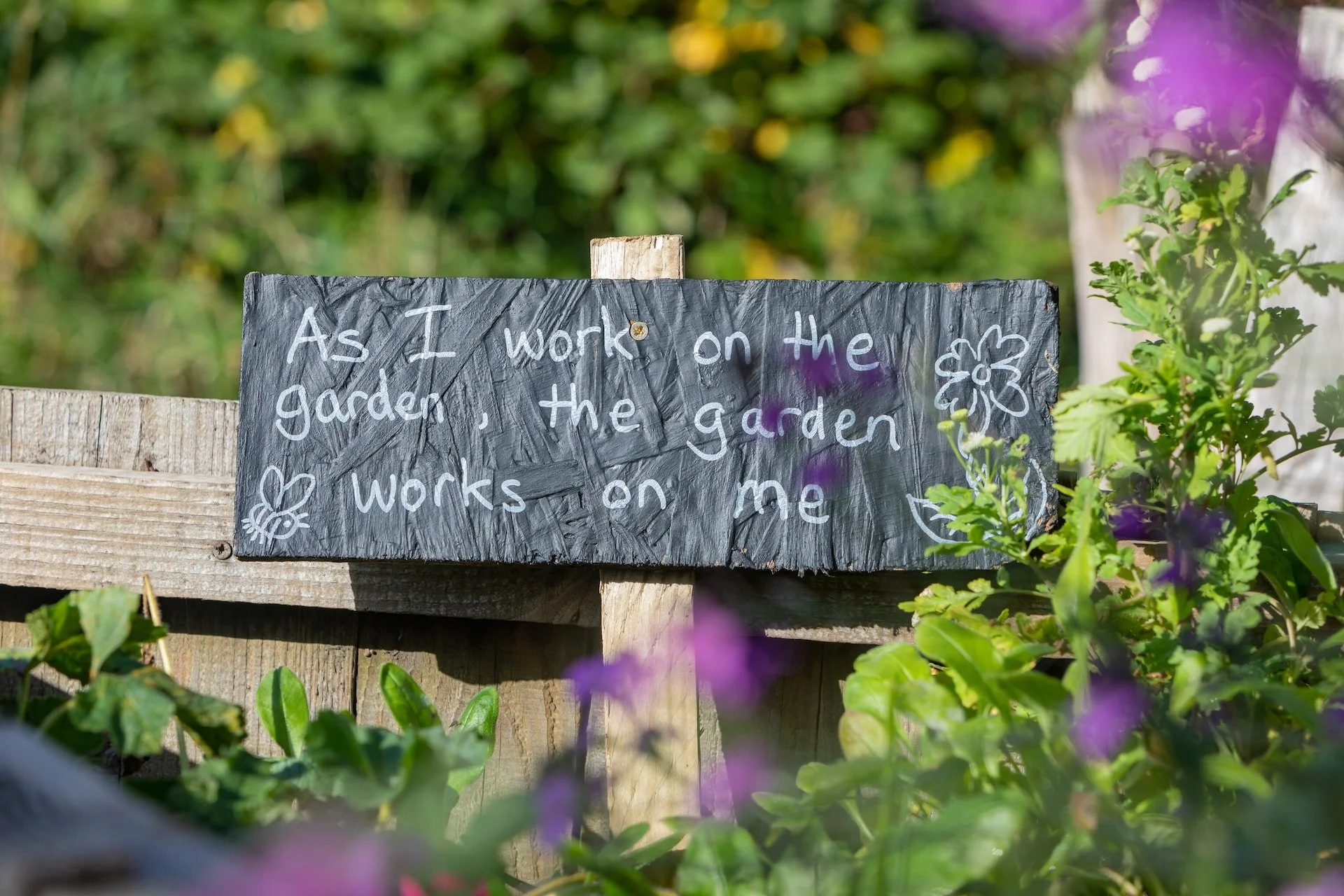Spring flower garden
Preparing and planning a flower garden for the spring is an exciting and rewarding experience for gardeners. Whether you are a seasoned green thumb or a novice, taking the time to plan your garden can ensure a successful and beautiful display of blooms.
Before beginning, it's important to consider the location of your garden. Choosing a spot with the right amount of sunlight, shade, and soil quality is crucial for the health and growth of your plants. Once you have selected a location, it's time to start planning the layout of your garden. Consider the size and shape of your garden bed, as well as the types of flowers you want to grow. Mixing different colors, textures, and heights of flowers can create a visually stunning display.
When planning your garden, it's important to keep in mind the needs of the flowers you are planting. Some flowers require more water or sunlight than others, so be sure to group plants with similar needs together. Additionally, choosing plants that bloom at different times can help ensure a continuous display of color throughout the spring and summer months. By taking the time to prepare and plan your flower garden, you can create a beautiful and thriving oasis in your own backyard.
Assessing Your Space
Before planting a flower garden, it's important to assess the space you have available. This includes considering the amount of sunlight and shade the area receives, as well as testing the soil to ensure it's suitable for growing healthy plants.
Sunlight and Shade Requirements
Most flowers need at least six hours of sunlight per day to thrive. However, some plants, such as impatiens and begonias, can tolerate more shade. It's important to observe the area throughout the day to determine how much sunlight it receives. If the area is shaded for most of the day, it's best to choose plants that can tolerate low light conditions.
Soil Testing and Soil Preparation
Testing the soil before planting can help ensure that the plants will have the necessary nutrients to grow. There are DIY soil testing kits available at most garden centers, or you can send a sample to a soil testing laboratory for a more comprehensive analysis. Once you know what type of soil you have, you can amend it with organic matter, such as compost or manure, to improve its quality.
It's also important to prepare the soil before planting. This includes removing any weeds or debris, loosening the soil with a garden fork or tiller, and adding any necessary amendments. This will help ensure that the plants have the best possible growing conditions.
Choosing Your Plants
Before starting a flower garden, it is important to choose the right plants to ensure a successful and thriving garden. Here are some factors to consider when choosing your plants:
Annuals vs. Perennials
Annuals are plants that complete their life cycle in one growing season. They are an excellent choice for adding quick bursts of color to your garden, but they require yearly replanting. Conversely, perennials come back year after year, making them an excellent investment for your garden. They may take longer to establish but require less maintenance in the long run. Check out another blog article we have on this subject.
Color Schemes
Choosing a color scheme for your garden can be overwhelming, but it can also be a fun and creative process. Consider the colors of your home and surrounding landscape when choosing your plants. You can also choose a color scheme based on your personal preferences or the mood you want to create in your garden.
Planting Zones and Frost Dates
It is important to choose plants that are appropriate for your planting zone and frost dates. Planting zones are determined by climate and are used to determine which plants are most likely to thrive in your area. Frost dates are important because planting too early or too late can damage or kill your plants. Be sure to research the appropriate planting times for your area.
Designing Your Garden
Designing your garden is an important step in preparing and planning for a beautiful flower garden in the spring. Here are some important considerations to keep in mind:
Layout and Spacing
The layout and spacing of your garden is crucial to its success. You want to make sure that your plants have enough room to grow and thrive. Consider the following:
Choose a location that gets plenty of sunlight
Consider the size of the plants you want to grow and plan accordingly
Leave enough space between plants for proper air circulation
Consider the overall look and feel you want for your garden
Companion Planting
Companion planting is the practice of planting different plants together that benefit each other in some way. Some plants repel pests, while others attract beneficial insects. Consider the following:
Plant marigolds to repel pests
Plant herbs like basil and mint to attract beneficial insects
Plant flowers that bloom at different times to ensure a continuous display of color throughout the season
Container Gardening
If you don't have space for a traditional garden, container gardening is a great option. It allows you to grow plants in pots or containers on your patio, balcony, or even indoors. Consider the following:
Choose containers that are large enough for your plants to grow
Make sure your containers have proper drainage
Consider the type of soil you'll need for your plants
Choose plants that are suited for container gardening
Planting Your Garden
After preparing the soil and selecting the right plants, it's time to start planting your flower garden. Proper planting techniques, watering, and fertilizing are crucial for the success of your garden.
Preparing the Soil
Before planting, make sure the soil is moist but not soggy. Dig a hole twice as wide as the plant's root ball and deep enough to accommodate it. If the soil is heavy, mix in some compost or organic matter to improve drainage and aeration. This will also provide the necessary nutrients for the plants to grow.
Planting Techniques
When planting, gently remove the plant from its container and loosen the roots. Place the plant in the hole and backfill it with soil, gently pressing down to eliminate air pockets. Water thoroughly to help the soil settle around the roots. Space plants, according to their mature size, ensure they have enough room to grow.
Consider planting in groups or clusters of the same plant to create a more natural look. This also helps to attract pollinators and beneficial insects to your garden.
Watering and Fertilizing
Water your plants deeply and regularly, especially during hot and dry weather. Avoid getting water on the leaves as this can lead to fungal diseases. Fertilize your plants according to their specific needs, using a balanced fertilizer or one that is formulated for flowering plants. Follow the instructions on the package and avoid over-fertilizing, which can damage the plants.
By following these planting techniques and proper care, your flower garden will flourish and provide a beautiful display of color and fragrance throughout the spring and summer months.
Maintaining Your Garden
Once your flower garden is established and blooming, it is important to maintain it to ensure it stays healthy and beautiful throughout the season. This section will cover some key aspects of garden maintenance.
Pruning and Deadheading
Pruning and deadheading are important tasks to keep your garden looking neat and tidy, as well as promoting new growth and prolonging the blooming period of your flowers. Deadheading is the process of removing spent blooms from your plants, which encourages them to produce new flowers. Pruning involves cutting back certain parts of your plants to control their size and shape, as well as removing dead or diseased branches.
When pruning, it is important to use sharp, clean tools to avoid damaging the plant. It is also important to prune at the right time, as different plants have different pruning needs. For example, some plants should be pruned in the fall, while others should be pruned in the spring. Research the specific needs of your plants before pruning.
Pest and Disease Control
Keeping pests and diseases at bay is crucial for maintaining a healthy garden. Some common pests that can damage your flowers include aphids, spider mites, and whiteflies. To control pests, you can use insecticidal soap or neem oil, or introduce natural predators such as ladybugs or lacewings.
Diseases such as powdery mildew and black spot can also affect your plants. To prevent the spread of disease, it is important to remove infected leaves and flowers as soon as possible. You can also use fungicides to control the spread of disease.
Seasonal Maintenance
As the seasons change, your garden will require different types of maintenance. In the spring, you may need to fertilize your plants to encourage new growth. In the summer, you may need to water your garden more frequently to keep it hydrated during hot weather. In the fall, you may need to prepare your garden for winter by removing dead plants and covering delicate plants with mulch.
It is important to stay on top of seasonal maintenance tasks to ensure your garden stays healthy and beautiful year-round.
In conclusion
Planting a spring flower garden is an enjoyable task that requires some planning and preparation. By taking the time to consider all the details of your dream garden - from choosing the right location with adequate sunlight, shade, and soil quality to selecting flowers that will thrive in your climate - you can create a stunning display of blooms this season without any stress or worry. With proper planning now, you'll be sure to enjoy beautiful results come springtime!
Our team at All Seasons Supply is here to help you determine the best plants for your gardening and landscaping needs. Please call or come by our office and talk to Johnny or Tonya when you can.






